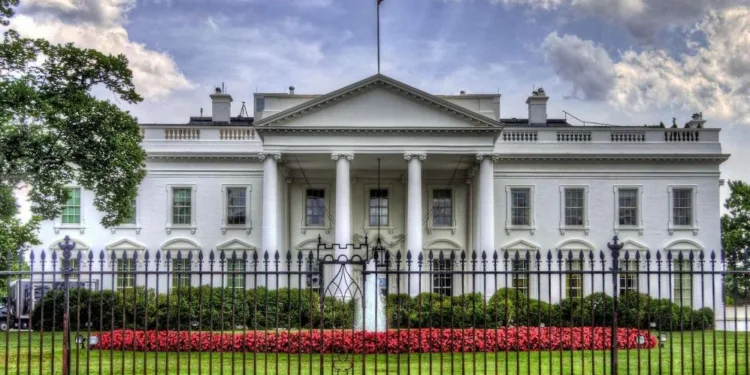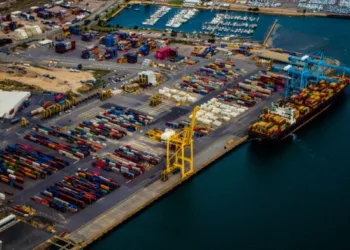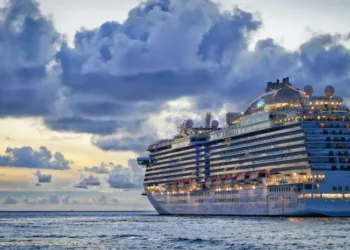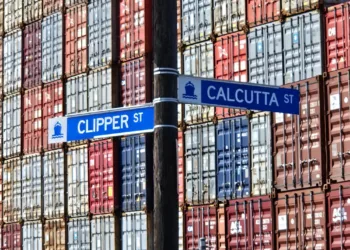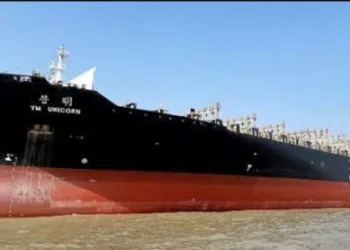When fees from the Office of the United States Trade Representative (USTR) targeting Chinese dominance of the maritime sector come into effect next week on October 14, 35% of ships in the combined bulk, crude tanker, product tanker and container fleet could be subject to additional fees when calling a US port, according to new analysis from global shipping organisation, BIMCO.
altimoreOf the ships that could be subject to the port fees, 70% are either Chinese-owned or operated, while 30% are built in China. More than half of the Chinese-built ships are exempt due to their size or US ownership.
While much of the debate surrounding the controversial new fees has centred around the container trades, the BIMCO analysis has some sobering statistics for the dry bulk sector.
“Bulk carriers are more exposed to the increasing costs as 45% of the ships could be subject to the USTR fees,” commented Niels Rasmussen, chief shipping analyst at BIMCO.
Because more ships are exempt, or because fewer ships are Chinese-owned or operated, only 30% of crude tanker and containerships, and 19% of product tankers, could be subject to the fees when arriving at a US port, according to BIMCO.
Although between 19% and 45% of bulkers and tankers could be subject to the fees, the global impact may be minimal, the BIMCO study suggests. So far this year, the US markets make up only 9-19% of each sector’s global ship demand and only 16-24% of US exports and imports have historically been catered to by ships that could face USTR fees.
BIMCO does not expect freight rate increases in the container market. In the bulker and tanker sectors, BIMCO expects that most ships subject to USTR fees will leave US trades as they cannot remain competitive. Freight rate increases will therefore likely be avoided in these sectors as well.
“Implementation confusion could, however, cause rate increases in the short-term,” said Rasmussen.
US Customs provided over the weekend more details about the upcoming hiked port fees for Chinese-linked tonnage.
The notice makes clear: the burden for determining liability lies squarely with the vessel operator, not US Customs. Vessels failing to show proof of payment may be denied unloading, denied clearance, or blocked from operations until their paperwork is in order. Payment is to be made via a US Treasury site, with Customs urging ship operators to make sure they have paid up at least three days prior to a vessel arrival in the US.
There are three pricing levels. Annex 1 is $50 per net ton for ships owned or operated by Chinese entities.Annex 2 is for Chinese-built ships arriving in the US, where the operator will pay the higher of $18 per net ton or $120 per container discharged. Annex 3 covers all non-US-built vehicle carriers – not just Chinese – with operators having to pay $14 per net ton.
Some relief is baked in: LNG tankers are exempt from fees under these annexes.
The online Section 301 Fee Payment Form will prompt responsible parties to complete various required fields and then the charge will be revealed by the site.
China has vowed to retaliate. Chinese premier Li Qiang signed a State Council decree 11 days ago, which states that China will take necessary countermeasures against countries or regions that impose or support discriminatory bans, restrictions, or similar measures targeting Chinese operators, vessels, or crew engaged in international maritime transport and related services.



